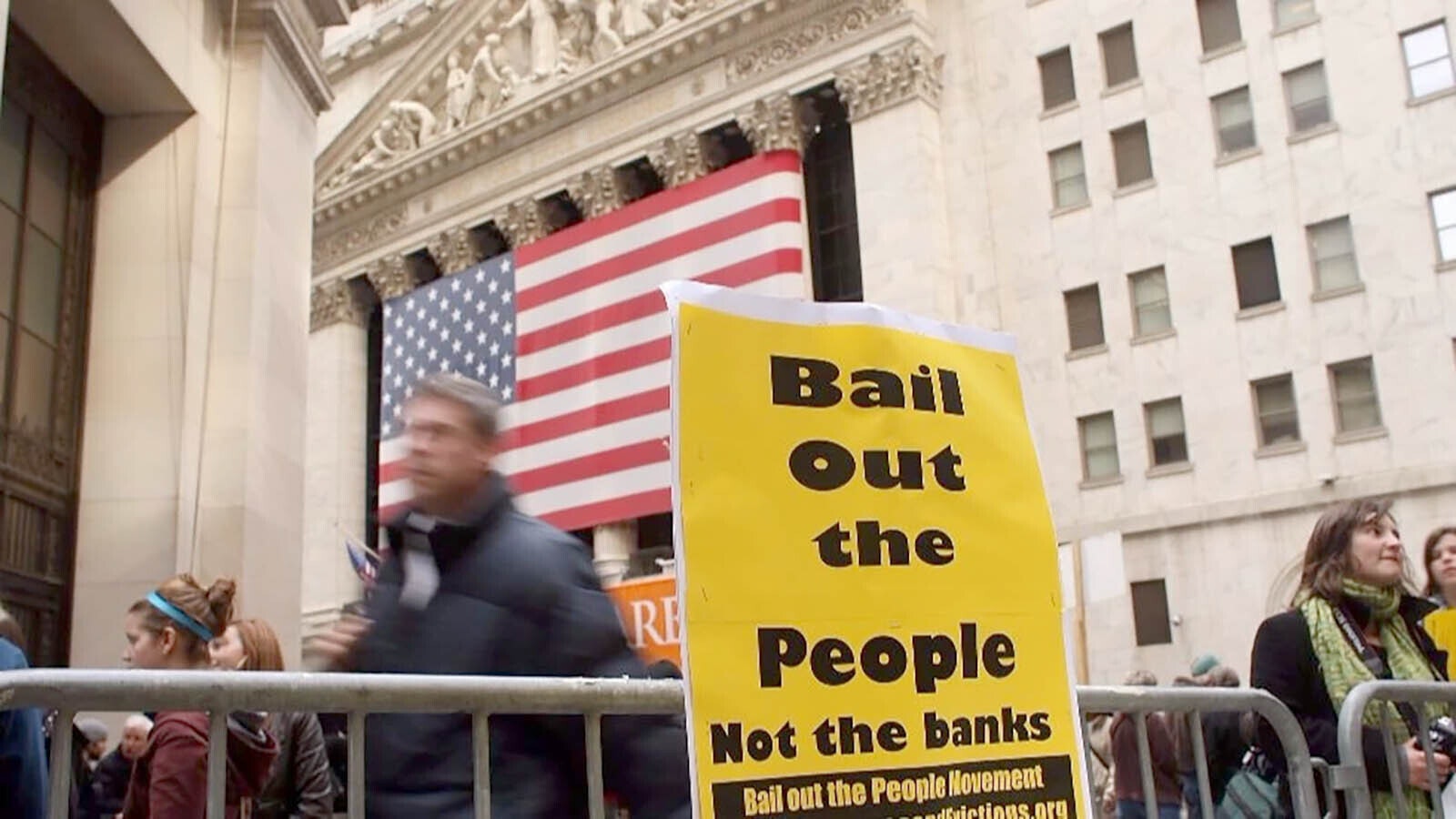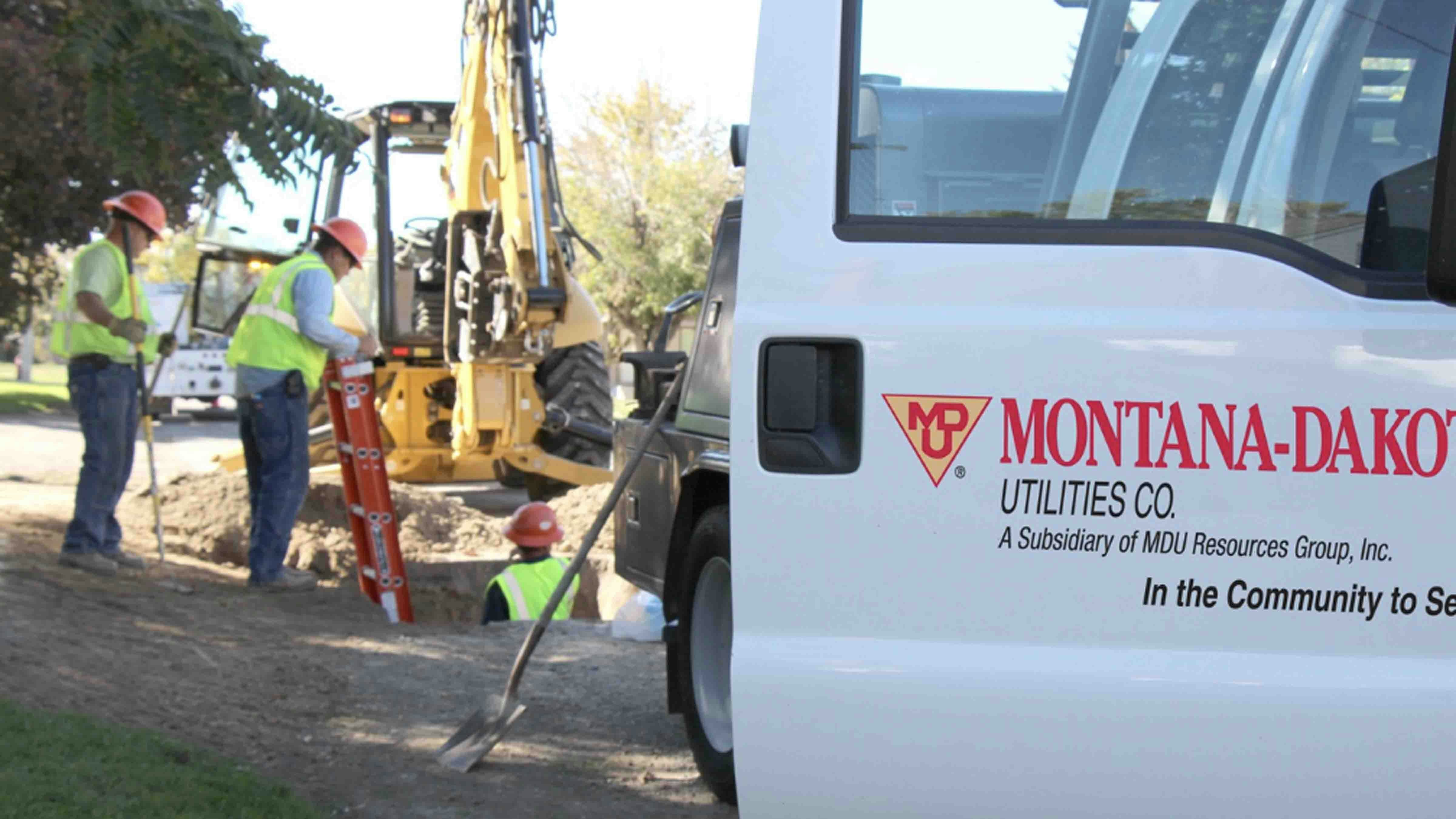People are suddenly paying attention to their banks like they’ve rarely done before in the wake of the recent failure of three banks in as many days last weekend. They’re looking for what they hope will be the safest place for their money, other than perhaps a mattress.
But something many savers haven’t been paying attention to — and which should not get lost in the shuffle — is the paltry amount of interest their existing savings accounts are probably paying, especially if they’ve been banking with a larger bank, regional or otherwise.
The big five banks —Wells Fargo, Citigroup, JP Morgan Chase, Bank of America, U.S. Bancorp — may be the safest options for one’s savings, but they are paying next to nothing for the privilege of banking with them.
With inflation at record levels, that’s eating into the value for everyone who decides to save money with them.
Apathy Is Costly
In fact, apathetic Americans lost out on more than $42 billion in the last quarter of 2022 by sticking like glue to the big five banks, according to a Wall Street Journal analysis of S&P Global Market Intelligence data. That’s despite there being a lot of much better, higher-yield savings vehicles available from credit unions and brand-name online banks.
The FDIC’s most recent data pegs average savings account rates at just 0.33% APY. That’s despite jumbo-sized interest rate hikes by the Federal Reserve in its quest to tame the inflation that’s whacking away at the value of everyone’s savings.
Those low deposit rates have raised questions on Capitol Hill as to why consumers aren’t getting some of the interest-rate bounty. The simple answer is economics are against it.
Banks are already flush with deposits thanks to the COVID-19 pandemic stimulus funding and, thanks to the apathetic approach many people take to their savings accounts, the banks don’t really need to compete for deposits.
Meanwhile, higher interest rates make loaning money much more attractive than offering additional interest to savers, who are particularly difficult to budge anyway when it comes to the inconvenience of making a switch.
Credit Unions Deserve A Second Look
One of the main differences between a credit union and a bank is that banks are for profit, while credit unions are nonprofit and distribute earnings to their members.
Credit Unions are federally insured through the National Credit Union Administration which, like the FDIC’s program, will guarantee deposits of up to $250,000.
And while the big five don’t seem to be budging on savings account rates, that’s not so for Wyoming credit unions. They’re offering much better deals to those willing to shop around.
“It’s never too late in a rising rate environment to get the best deal you can,” Meridian Trust Federal Credit Union CEO Kim Withers told Cowboy State Daily.
But, she added, “People do just want to earn a good rate and not have to chase every instrument and look at their money all the time.”
That’s why Meridian Trust offers a free checking account, with up to 4% APY on minimum balances of at least $1,000. That gives consumers a rate with instant liquidity.
“We made that move just to help people feel more comfortable about it instead of chasing maybe CD rates,” she said. “Consumers just kind of want to do one and done. They don’t want to keep chasing rates all the time.”
Blue Federal Credit Union, meanwhile offers an accelerated savings plan, with 5% APY on the first $1,000 in savings.
The percentage drops off substantially after that for the next $5,000, to at least 1.8%, but that’s still a lot more than what’s available from any of the big five banks.
National Online Banks Have Top Offerings Too
For those who prefer a name-brand larger bank, there are online options from such names as Discover, CapitalOne and Goldman Sachs, which are offering attractive high-yield savings products.
Based on data compiled by S&P Global Market Intelligence, 10 of the top online banks are meeting or exceeding 3% APY on their savings accounts.
Among the most highly rated of these is Goldman Sachs bank Marcus, which offers 3.75% APY with no fees or minimum deposits. The account will even allow same-day transfers of up to $100,000 to and from other banks.
Even higher rates are available from UFB direct, a top pick by Motley Fool. UFB is offering 5.02% APY on either preferred savings or preferred money market accounts. It, too, is FDIC-insured.
These are just a few of the available opportunities for better savings vehicles. DepositAccounts.com offers a comprehensive list of savings account interest rates at 5,000-some banks and credit unions for those who want to do a deep dive.
The site also offers lots of articles and tools that explain how to choose the best savings account, and a ranking that lists top picks, as well as information about CD rates, checking accounts, money markets, and IRA Rates, and more.





